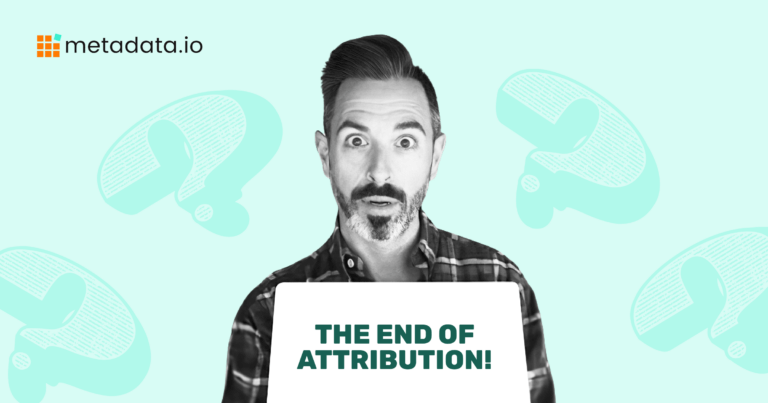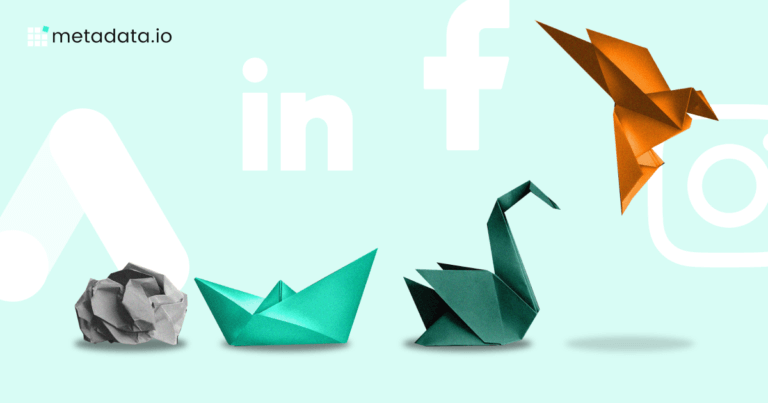By Marketers, For Marketers Ep. 5: AI in Marketing and Sales Systems
In this episode of By Marketers For Marketers, Jason and Gabriel Lim, CEO and Co-Founder of Saleswhale, talk AI.
Lets start with the basics.
A dictionary might define AI as “the theory and development of computer systems able to perform tasks that usually require human intelligence.” On a broad level, we see AI everywhere: in smart assistants, fitness watches, natural language processing, conversational chatbots on your website…
In software engineering, there is a much more precise definition: AI utilizes machine learning, and is a non-deterministic way to run programs. But machine learning on its own isn’t AI, and it’s important to understand how our perception of “AI” vs software changes over time.
20 years ago, much of our software today would seem like magic or AI. Think of Google predicting searches, as opposed to looking for exact matches. Now, we can search “grocery stores near me”, or ask general questions. What is classified as “AI” evolves and changes.
Where did we first start seeing AI in marketing and sales technology?
15 years ago, analysts would monitor data from websites; simple information such as how many people visited, how many were unique visitors, what pages they saw… Over time there was enough volume to see patterns and make recommendations based on them. Originally, data required human interpretation, but as it became more consistent and accurate, it became easier to write computer systems to take action on data insights.
How does AI fit into Saleswhale and Metadata systems?
Saleswhale uses AI to integrate with CRM. It first makes intelligent decisions about who you should reach out to and what leads to follow. Next it creates messaging and campaigns for different personas. Last, it opens and responds to emails and makes recommendations to make a more efficient campaign. When responding to emails, it monitors simple yes/no responses, and flags more complex responses for human review.
The Metadata platform helps you decide who you sell best to and what model to use, and uses some AI to generate an audience. We mainly use AI when running campaign experiments. It combines different creative, headlines, and offers, and turns all this into permutations of ads all over LI and FB. Basically, it streamlines and scales workflow. Then it monitors and optimizes your campaigns to determine which have the best CPL or cost per opportunity, and moves around ad spend based on what is working best.
How do you talk about AI while reassuring customers that it won’t threaten their job?
A good word to use is “assistant.” AI assistants aren’t created to take new jobs–they instead make it so that the human can do their job much better. It’s important to show customers how AI will take over the more tedious and repetitive parts of their job, so they can focus on what’s more fulfilling and interesting.
For instance, with Saleswhale, about 90% of emails are easy to respond to, and by letting AI handle those simple communications, marketers have more time to focus on what matters. We try to help customers see AI as a force multiplier rather than a job taker.
It’s also useful to understand that AI is a broad term, and you don’t realize how much AI you are already participating in. There will come a time when it’s not AI anymore, it’s just software.
What’s the best way to price an AI platform?
At Saleswhale, we lead with the opportunity cost of not using our product. But when the deal gets up to exec/CFO level, we’ll show how our cost compares to a full SDR.
At Metadata, we price ourselves as a percentage of x spend. Agencies do something similar, so we try to come in below them. We like showing that you’ll get lift no matter where you use Metadata, so the percentage is justifiable. We also have a little overhead, since we enrich leads for the customer. As they do more marketing we have more expenses. We’re trying to come up with an ROI calculator so they can get a sense for what kind of help they’re going to get.
Where’d you come up with the name “Saleswhale?”
Originally, Saleswhale was a site just called “Sales Tracker”. I floated a few ideas for names, like “SalesPenguin”, but landed on whale. My coworkers hated it at first, but came around to it eventually.
Gabriel, what are your plans for when it’s easier or safer to travel?
I’d like to come back to the US! Before lockdown I was shuttling between SF and DC, and I went to Singapore in April to be close to family. I’d like to return though. In Singapore though, it’s almost back to normal. We’re doing lots of contact tracing, but you can do most things. It helps to have a small country.


